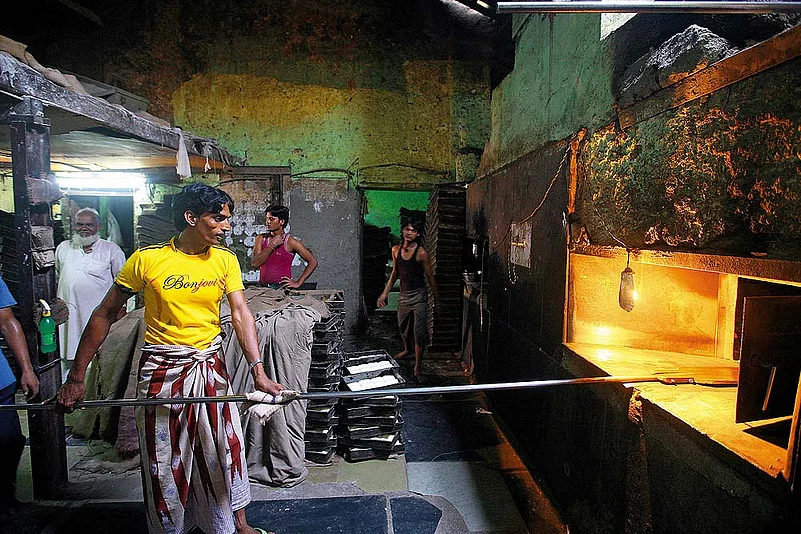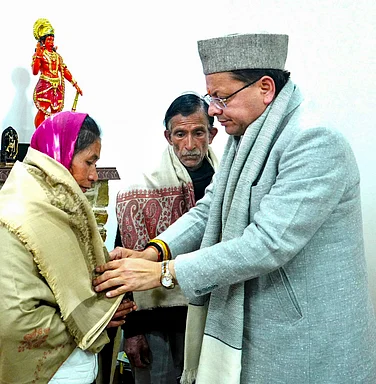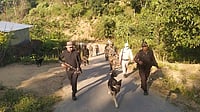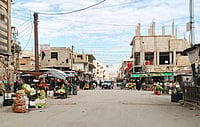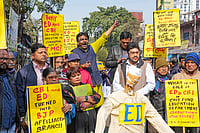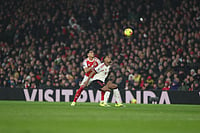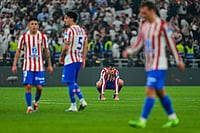Sessions judge D.W. Deshpande, who sentenced actor Salman Khan to five years’ rigorous imprisonment in the 2002 hit-and-run case for “culpable homicide not amounting to murder” (apart from other offences) elaborated on different issues raised during the trial. Some of them went like this....
On Section 304(II), treating of culpable homicide not amounting to murder, having knowledge that act (such as driving after consuming alcohol) may result in death: “The accused is a well-known actor and had knowledge that one should not drive vehicle without licence.... He also had knowledge that one should not drive after consuming liquor and that too in late night.... These are the basic rules. The accused is a regular visitor to Rain Bar, as disclosed by witnesses. Prosecution witness 17, Mark D’Souza, has also said that Salman regularly passed by the area where American Express laundry is located....
“Also he had the knowledge that he should not drive under the influence of liquor....
“Moreover, in the blood test, the accused was found to have 0.062 mg alcohol content in blood stream, which shows that he was under the influence of liquor.”
On knowledge of the area and pavement dwellers: “In short, the accused was having knowledge that the poor labourers were sleeping outside the laundry. He was also having knowledge that he was not possessing licence to drive at the time of incident....”
This is important to effect conviction for culpable homicide not amounting to murder.
On presenting driver Ashok Singh as the man behind the wheel: “I find that the prosecution had established beyond doubt that the accused (Salman) was driving the vehicle at the time of mishap.... Ashok Singh is a ‘got-up’ witness....
“If Ashok Singh was driving the car and not Salman, then soon after the accident, he (Singh) would have known that one person had died and four others were injured.” (Singh had deposed that he was not sure how many people were trapped under the car.)”
The judge noted that the point of Ashok Singh driving the car had not been suggested to any of the prosecution witnesses by the accused at any stage during the trial, and only during his statement under Section 313 of the CrPC was this ‘fact’ disclosed.
On the tyre burst theory: The judge says the tyre-burst theory does not hold good because the vehicle driven by the accused hit the victims at a very high speed.






